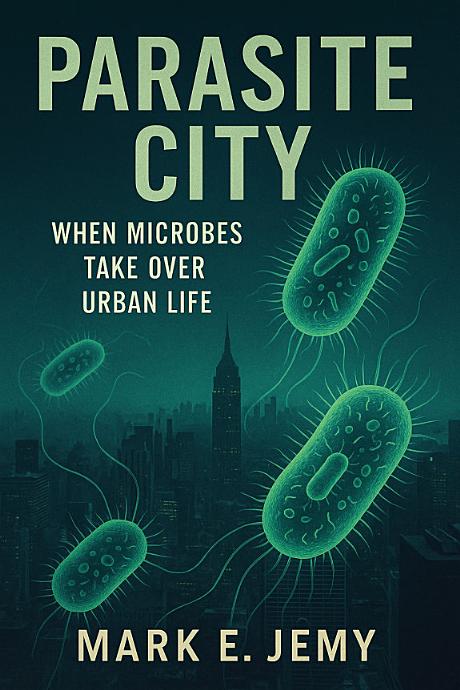Parasite City: When Microbes Take Over Urban Life
Parasite City: When Microbes Take Over Urban Life
In our bustling urban environments, life is not just about towering skyscrapers and busy streets. It's a complex, vibrant ecosystem where microbes play a pivotal role. 'Parasite City: When Microbes Take Over Urban Life' delves into this hidden world, offering readers a unique perspective on the unseen forces that shape our cities.
Exploring the Microbial World
Microbes are the unseen architects of our urban environments. From influencing weather patterns to affecting public health, these tiny organisms have a profound impact on city life. 'Parasite City' provides an in-depth exploration of how microbes interact with human infrastructure and natural ecosystems.
The Unseen Powerhouses
What makes microbes so fascinating is their ability to adapt and thrive in diverse environments. In 'Parasite City', readers are taken on a journey through various urban settings, uncovering the vital roles these microorganisms play in sustaining life and maintaining balance.
Impact on Urban Life
The book sheds light on the symbiotic relationships between microbes and humans, illustrating how they influence everything from waste management to disease prevention. It challenges readers to consider the implications of these relationships for future urban planning and development.
Understanding the Invisible
By examining the microbial world, 'Parasite City' encourages a deeper appreciation for the intricacies of urban ecosystems. It invites readers to reflect on the interconnectedness of all life forms and the importance of coexistence in our modern cities.
- Discover the hidden dynamics of microbial life in cities.
- Learn about the impact of microbes on urban infrastructure.
- Explore the symbiotic relationships between humans and microbes.
The author translates complex scientific concepts into accessible insights. It shows how evidence, discovery, and curiosity weave together to change the way we perceive the universe, bridging the gap between knowledge and wonder.
The result is not just a collection of ideas, but a living dialogue that invites participation, self-inquiry, and perspective.
Ultimately, this book leaves the reader with a sense of clarity and curiosity — a reminder that understanding begins when we dare to question what we think we already know.

